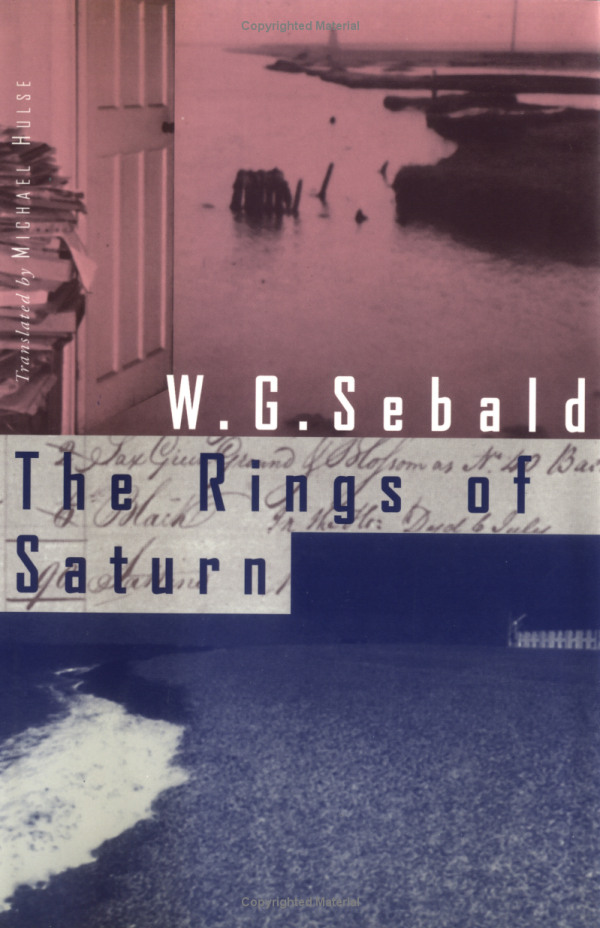
The Rings of Saturn Summary of W.G. Sebald's Book

The Rings of Saturn by W.G. Sebald: A Journey Through Time and Space
The Rings of Saturn, a mesmerizing novel by W.G. Sebald, takes readers on a thought-provoking journey through time and space. First published on January 1, 1995, this book belongs to the genres of Fiction, Travel, and German Literature. As part of Sebald's saga, The Rings of Saturn introduces us to a cast of intriguing characters, including the enigmatic Joseph Conrad. Through Sebald's unique blend of fiction and non-fiction, readers are transported to the east coast of England, where they encounter a tapestry of vivid imagery, historical events, and philosophical musings.
Characters
Joseph Conrad, a central figure in The Rings of Saturn, serves as a literary anchor for the narrator's introspective journey. Known for his iconic novels such as "Heart of Darkness," Conrad's influence reverberates throughout Sebald's narrative. As the narrator traverses the English coastline, he encounters a diverse array of individuals, from lonely eccentrics to historical figures like Sir Thomas Browne and the dowager empress Tzu Hsi. Each character adds a layer of depth to the narrative, offering insights into the complexities of human experience and the passage of time.
Detailed Summary
The Rings of Saturn chronicles a walking tour along the east coast of England, interspersed with reflections on history, art, and nature. Through a series of fragmented anecdotes and poetic descriptions, Sebald weaves together a tapestry of themes that range from the impact of WWII bombings to the intricacies of the silk industry in Norwich. As the narrator contemplates the significance of seemingly mundane objects and encounters, a sense of meditative contemplation emerges, inviting readers to ponder the interconnectedness of past and present.
Analysis
Sebald's masterful prose invites readers to delve into the labyrinthine corridors of memory and history, where connections between seemingly disparate events and individuals come to light. The use of photographs throughout the book adds an additional layer of depth, blurring the lines between fiction and reality. Through his exploration of themes such as loss, displacement, and the transience of life, Sebald invites readers to grapple with the complexities of existence and the impermanence of human endeavors.
In The Rings of Saturn, Sebald deftly combines elements of travelogue, memoir, and philosophical inquiry to create a hauntingly beautiful narrative that lingers in the mind long after the final page is turned. By interweaving historical facts with fictionalized accounts, Sebald challenges readers to question the nature of truth and the reliability of memory. The result is a profound meditation on the nature of storytelling, memory, and the passage of time.
To conclude, The Rings of Saturn is a literary masterpiece that transports readers on a captivating journey through landscapes both external and internal. By immersing oneself in Sebald's evocative prose and rich imagery, readers are given the opportunity to explore the depths of human experience in all its complexity and beauty.
If you enjoyed this summary, I highly recommend purchasing a copy of The Rings of Saturn to experience the full impact of Sebald's mesmerizing storytelling. Alternatively, consider listening to the audiobook for a unique auditory experience that brings the narrative to life in a new way. Happy reading!
9780811214131 (ISBN10: 0811214133)






Related Books